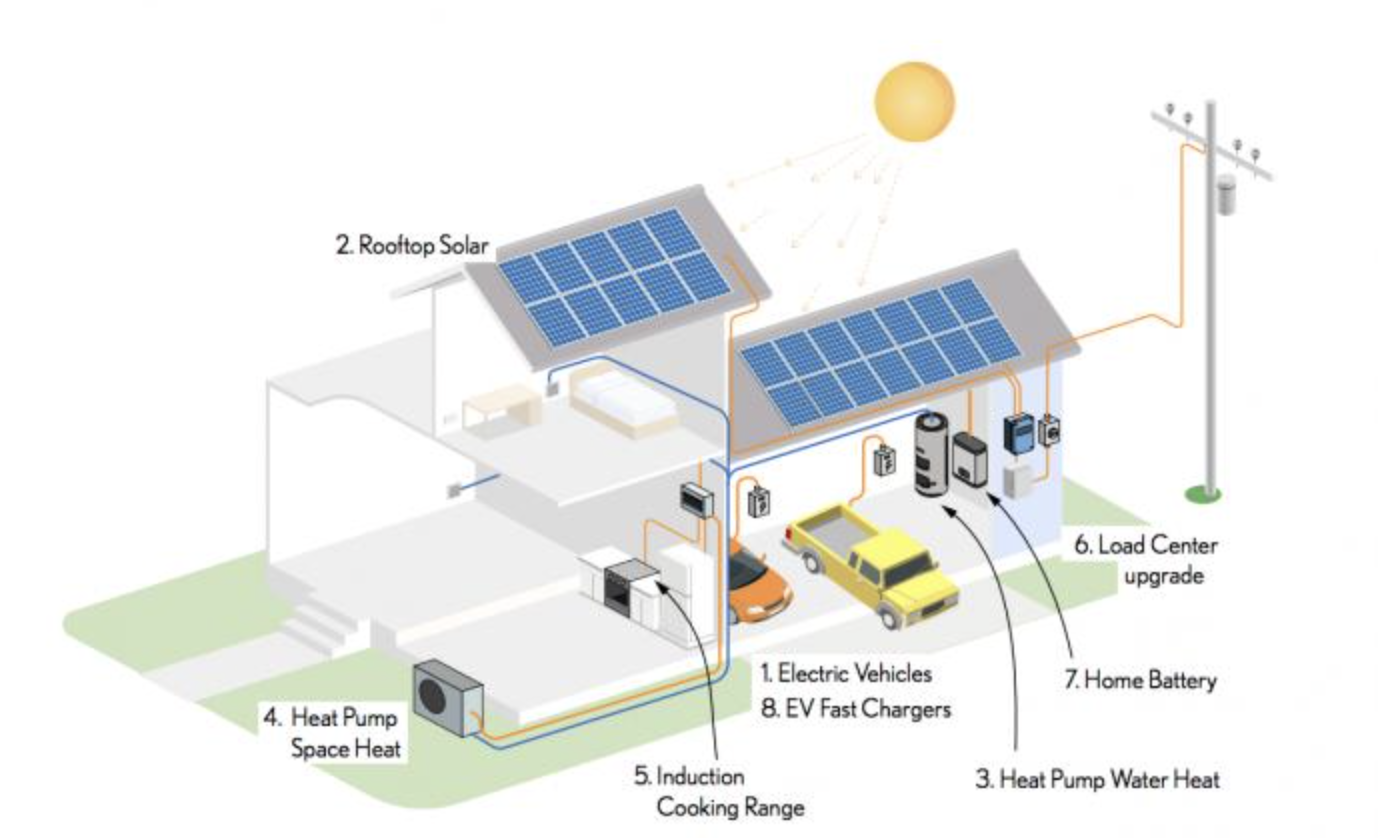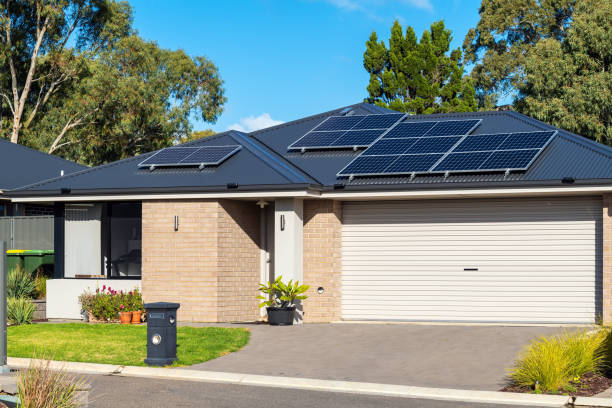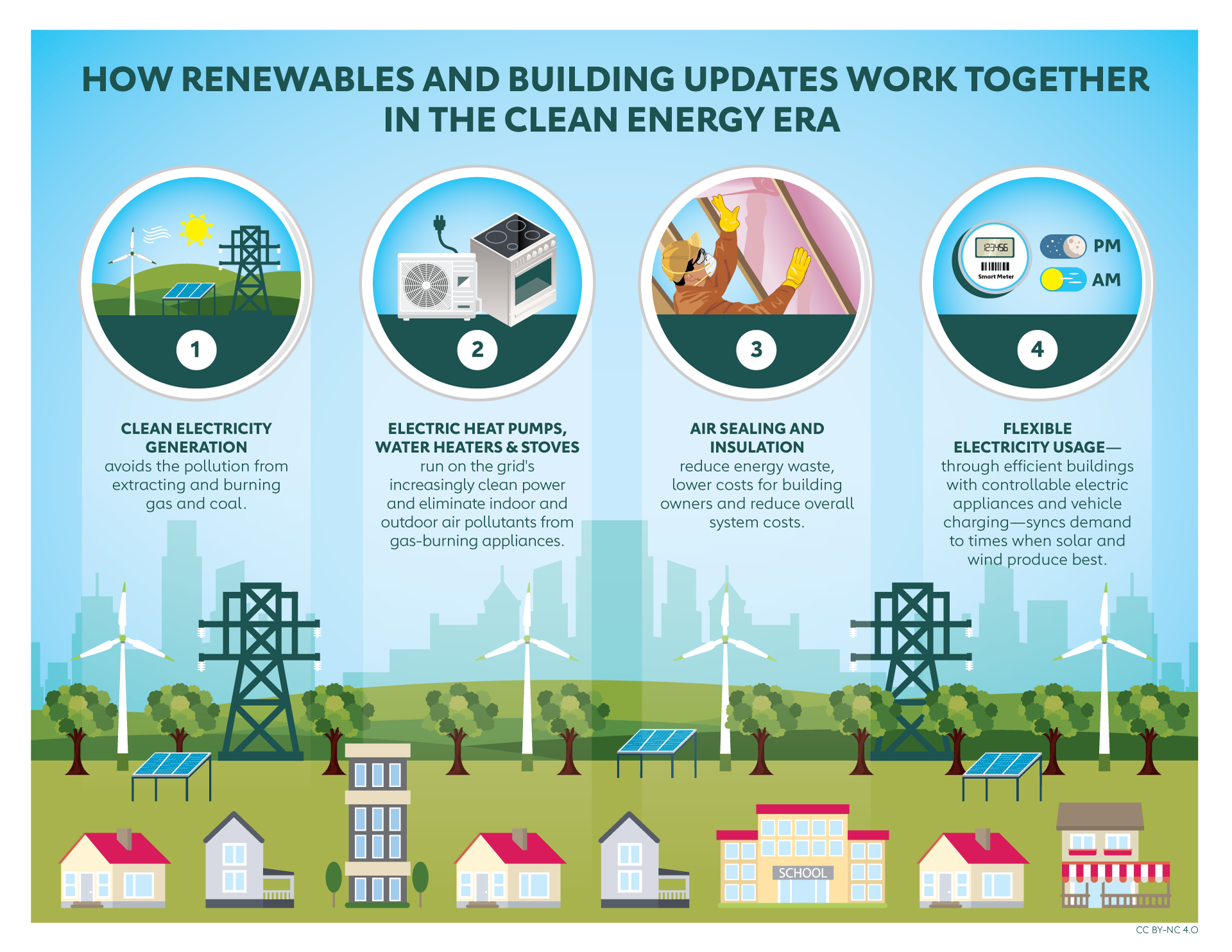

Switch to home electrification? It starts with small habits. Reduce energy use by 20-30% through efficient appliances and timing loads to solar hours. Aim for 80% independence: Generate most power via rooftop solar and batteries, cut grid reliance. Data shows this drops bills by $1,000-2,900 yearly for committed homes. But only 35% of Australian households have solar—over 4.2 million installs—and battery uptake hovers at 5-10%, despite 2025 surges adding 300,000 projected units. Why the gap? Let's break it down.

Top Barriers: Why 65%+ Stall
High costs top the list—60% cite upfront prices as a blocker, per Schneider Electric's 2025 survey of Australian homeowners. Solar + battery setups run $10,000-20,000 post-rebates, with payback in 5-8 years. Low-income households face extra hurdles: 40% report affordability issues, per CSIRO's ongoing apartment study.
Info overload ranks second. 53% worry about complexity or cyber risks in smart tech. Quotes confuse: Installers focus on compliance, not optimisation—leading to oversized systems assuming 10-20% future consumption hikes from EVs/devices.
Practical pains: Coordinating trades fragments the process. A 2025 CSIRO survey of 100 households found five key roadblocks: Overwhelming info (72%), multiple suppliers (65%), low trust in upgrades (58%), split incentives for renters (45%), and policy gaps. Probability twist: Stats show only 13% of efficiency-prioritisers (87% of Aussies) follow through, due to these frictions.
Psychological nudge: Most skip because "it's not urgent"—rising bills motivate just 68% to act, but hardship delays others. Model this: If costs rise 5% yearly, non-adopters face 20% higher bills in 5 years—vs. 80% savings for shifters.

Excess Design vs. Efficiency Wins
Designs often oversize solar/batteries by 15-25%, betting on rising use. True for EVs (adding 20-30% load), but offset with efficient swaps: 5-star appliances cut waste 10-15%. Fact: 2025 data shows committed homes achieve 70-85% independence, but average adoption stalls at partial installs. Probability: 75% chance of bill spikes without behaviour tweaks, per energy modelling.
4 Proven Paths Forward
%20-%20Exterior%201%20%20LowRes_0.jpg)
Quick Quiz
Rate yourself (1-5):
Score 12+: You're in the 13% minority—start today. Below? Focus on one fix. Small swaps add up—start with one.